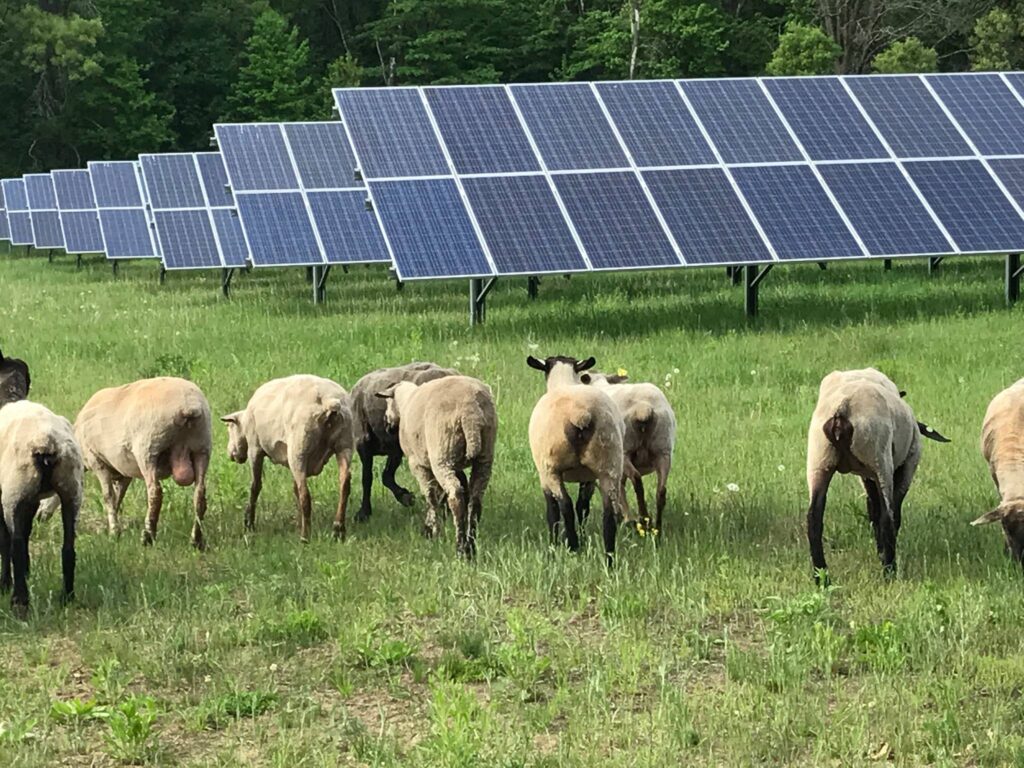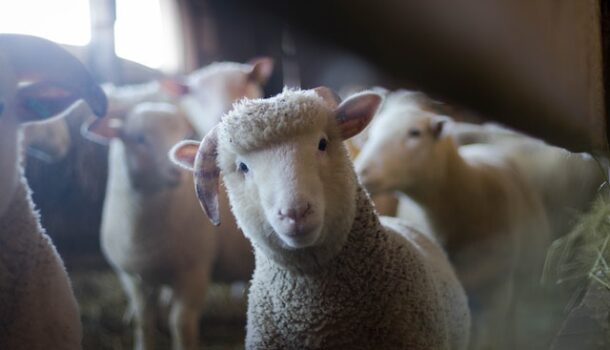Solar grazing is the practice of grazing livestock on the forage in the field where solar arrays are installed. Sheep are generally the best suited species of livestock for this type of grazing. They fit under the solar panels in the heat of the day, benefiting from the shade, while grazing down the plants the rest of the time, allowing the solar panels to continue at peak performance without being obstructed by shadows from tall vegetation. Sheep can also seek out and eat forage in areas that would be inconvenient for humans to have to reach if they were mowing vegetation.
“It just makes economic sense to be able to use the land for more than one thing at a time,”
“As I see it, there are really three benefits to solar grazing. The first benefit is land access for farmers,” said
Duane Klindworth, owner of Lambalot Acres, the farm that supplies the grazing sheep for the Eau Claire Electric Cooperative solar installation. “The second is that you have ecologically favorable forage and weed control in the solar field,” noted Klindworth. Sheep are able to crop the grasses, weeds, and other plants that are present in the solar field while simultaneously applying natural fertilizer for the plants. This eliminates the need to use mechanical plant removal methods that use gasoline. The third benefit of solar grazing is the simultaneous use of land for grazing and energy production. “It just makes economic sense to be able to use the land for more than one thing at a time,” Klindworth stated.

Electric cooperative managers, cooperative board members, local government, and farmers are all invited to learn more about solar grazing at a learning event being hosted by UW-Madison Extension on September 14. This meeting will be held at 3 pm. The event is being held at the Eau Claire Electric Cooperative solar field. Lambs grazing in the solar field at Eau Claire Electric Cooperative in 2019. Photo courtesy of Eau Claire Electric Cooperative.


